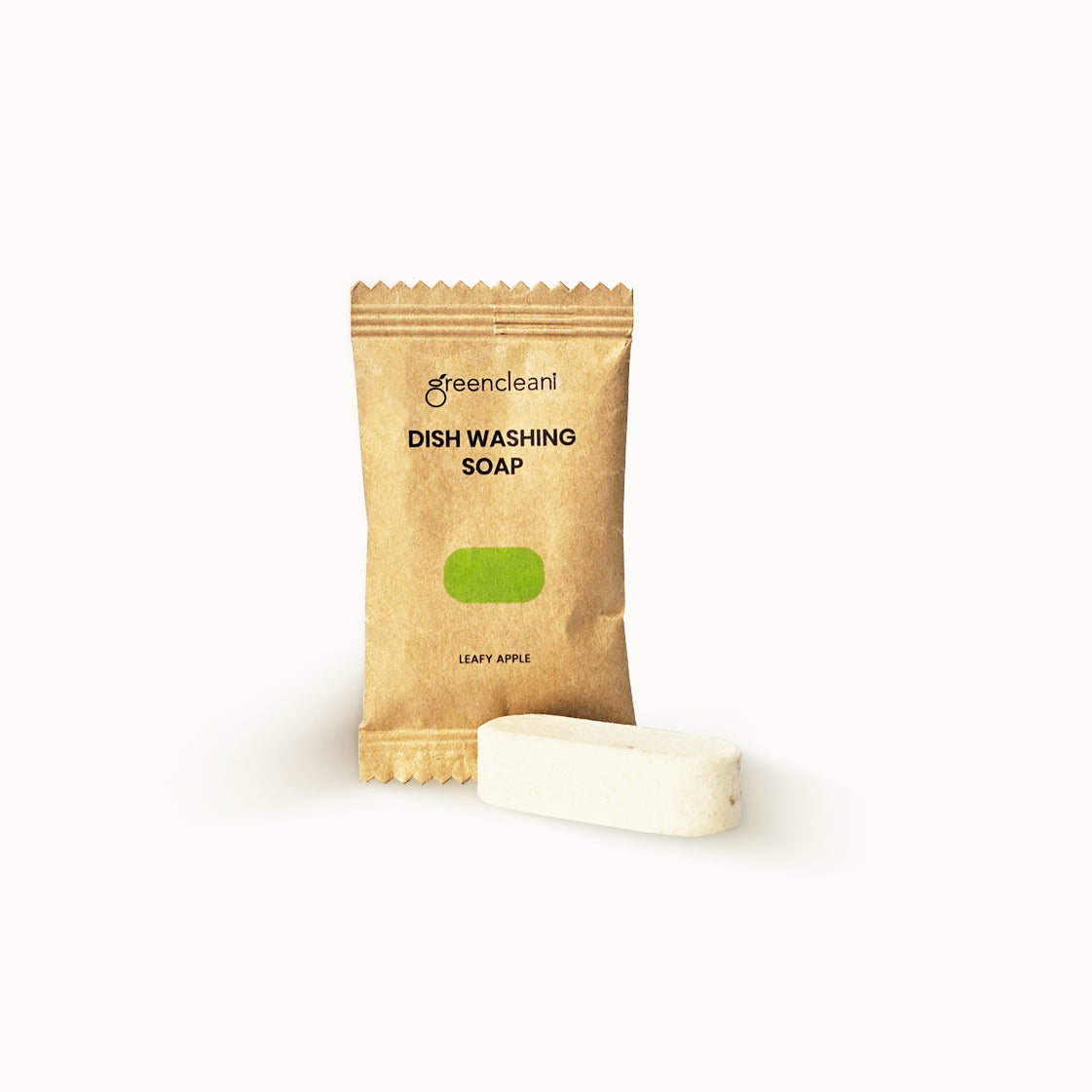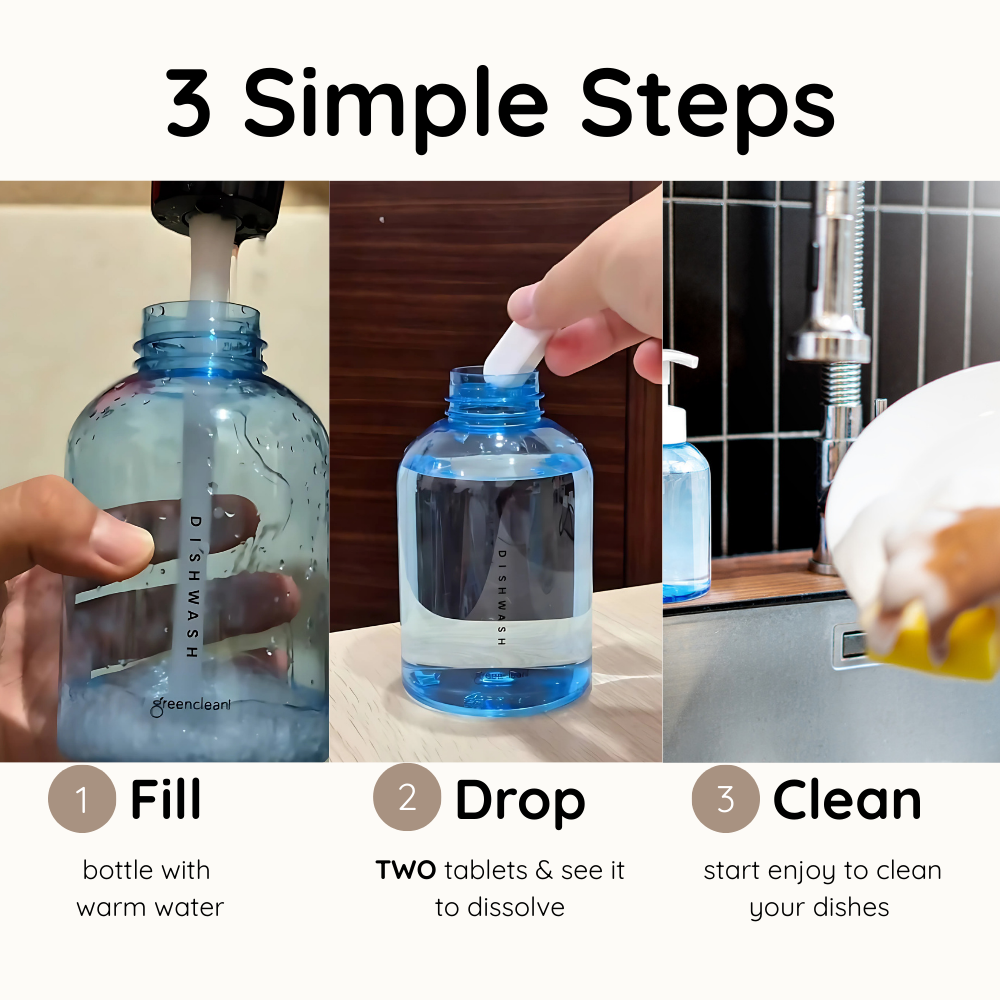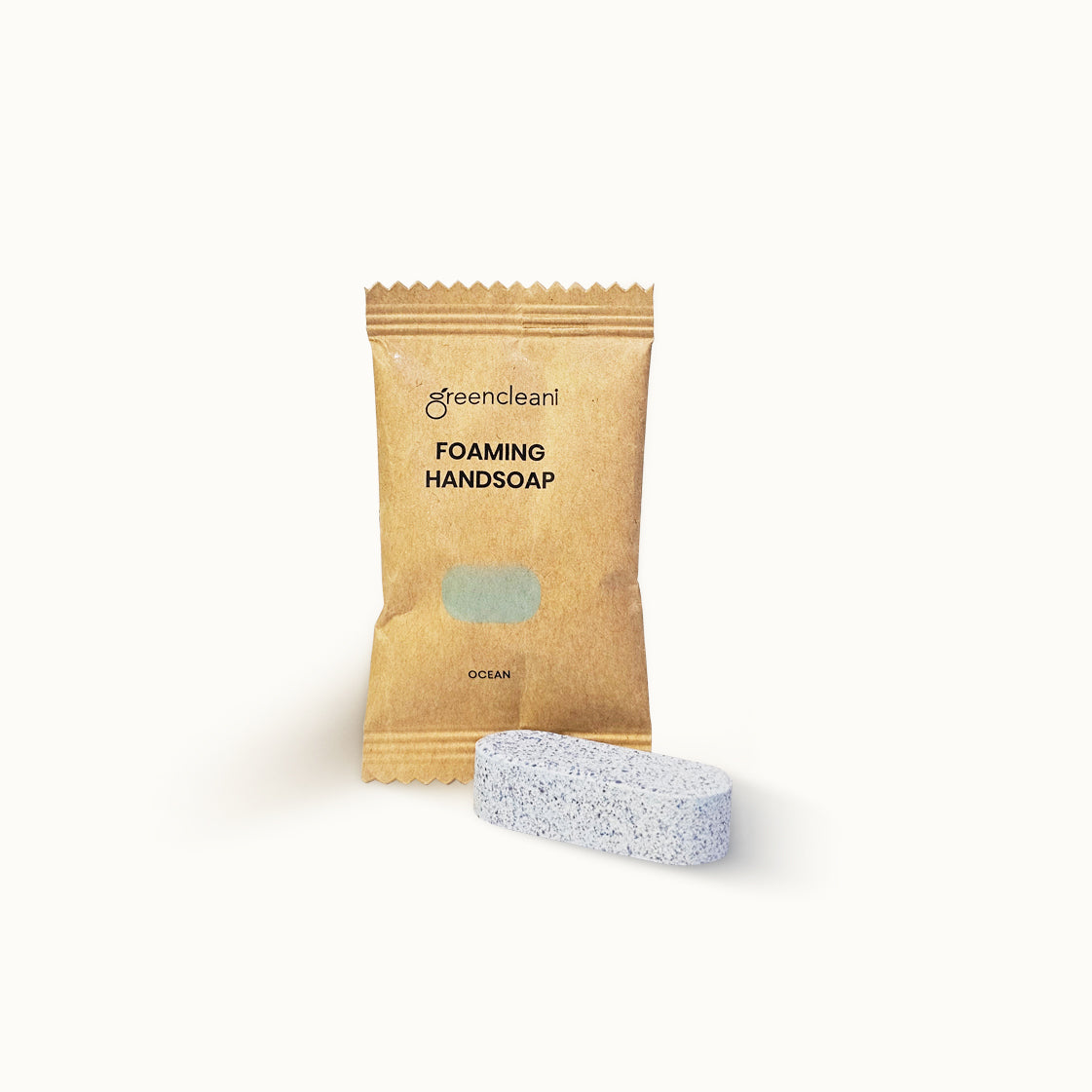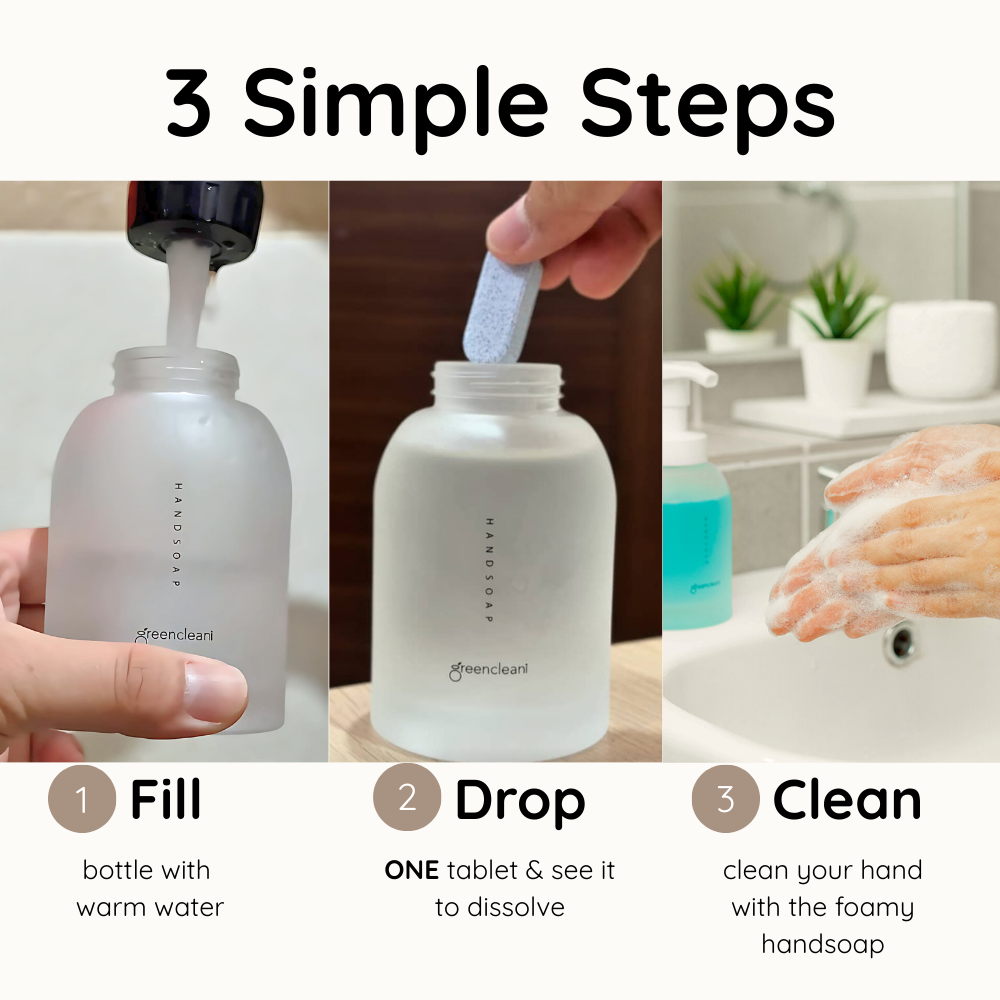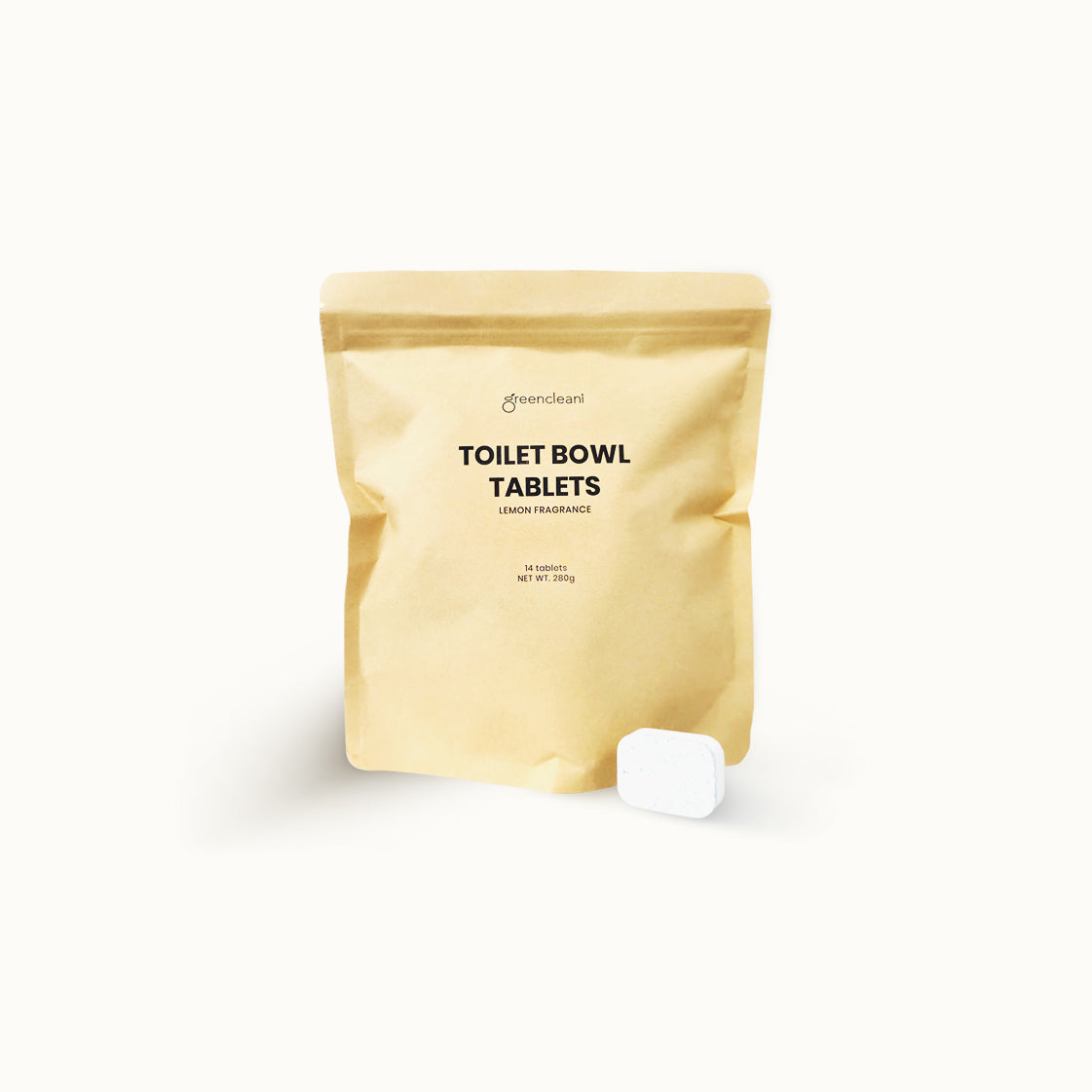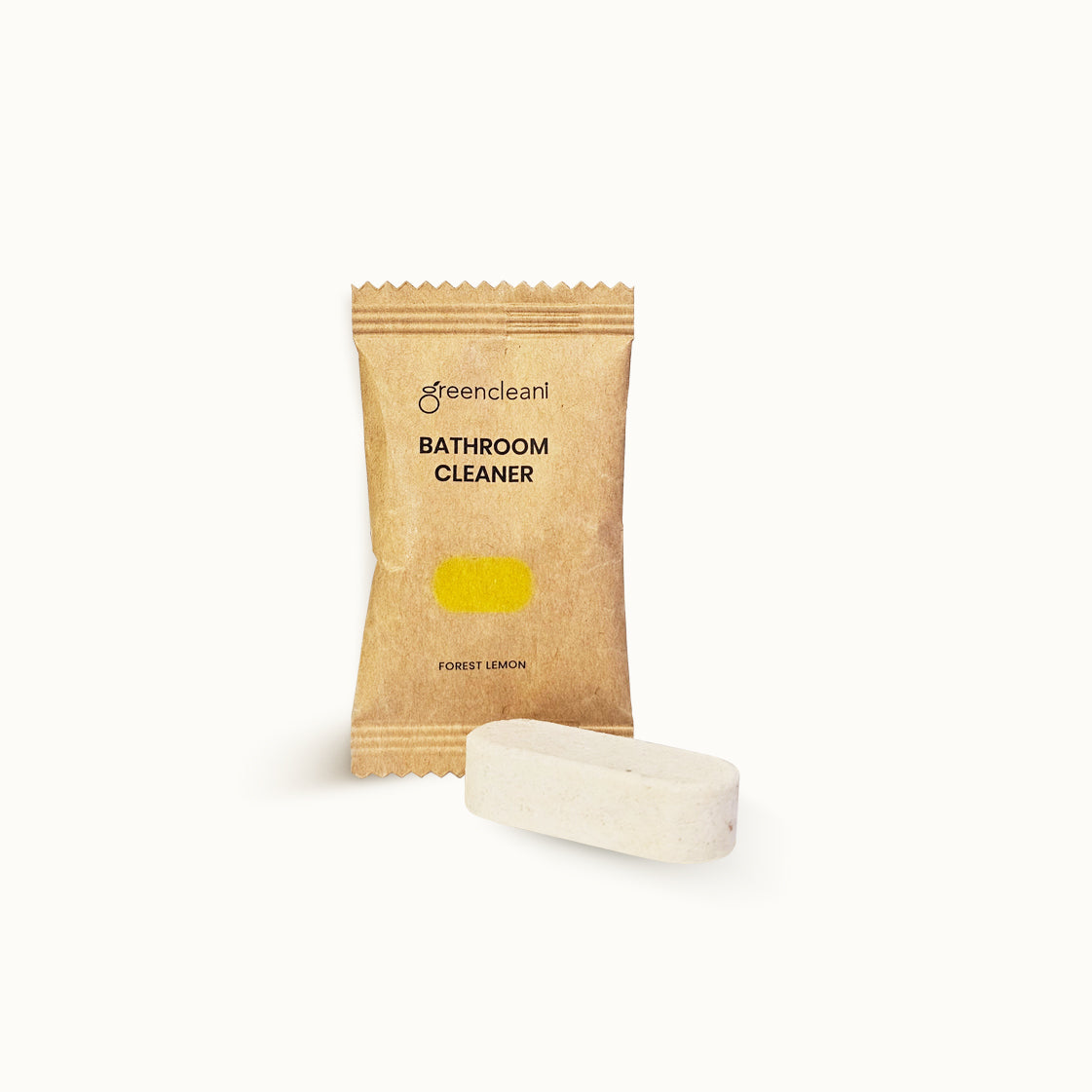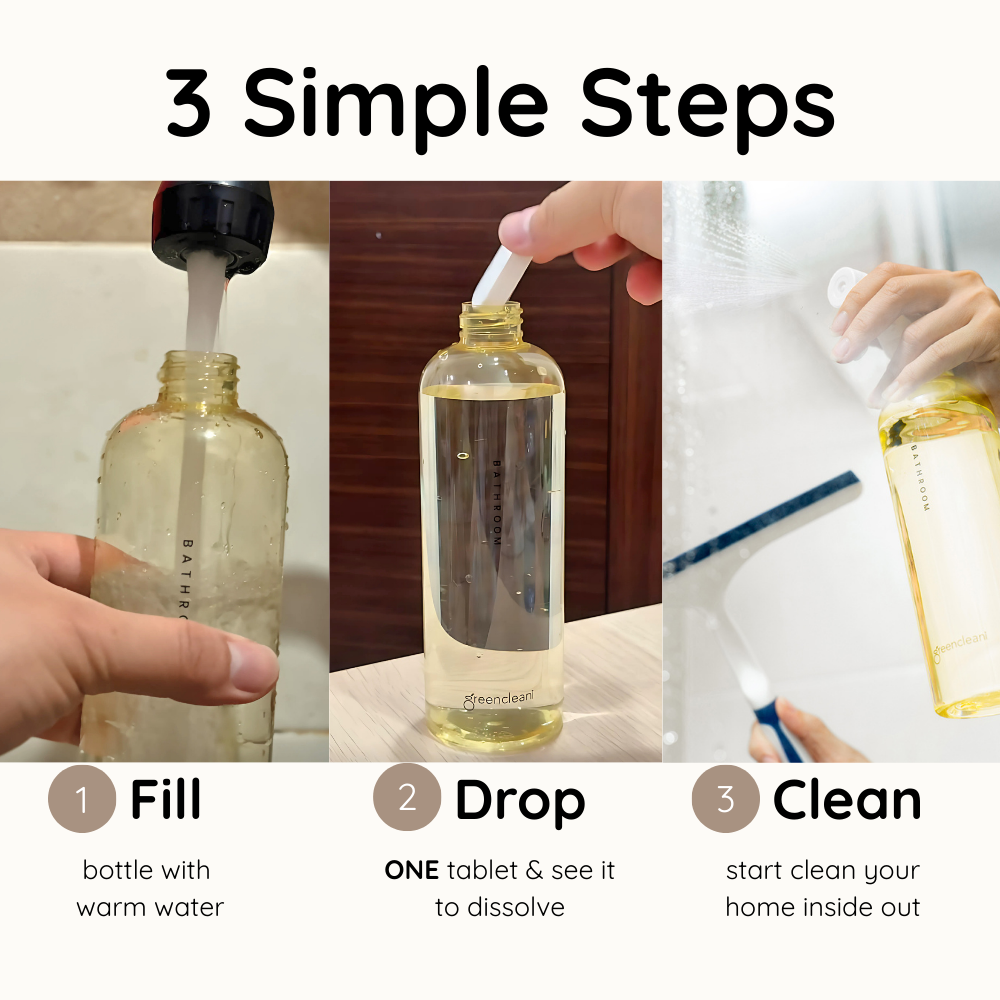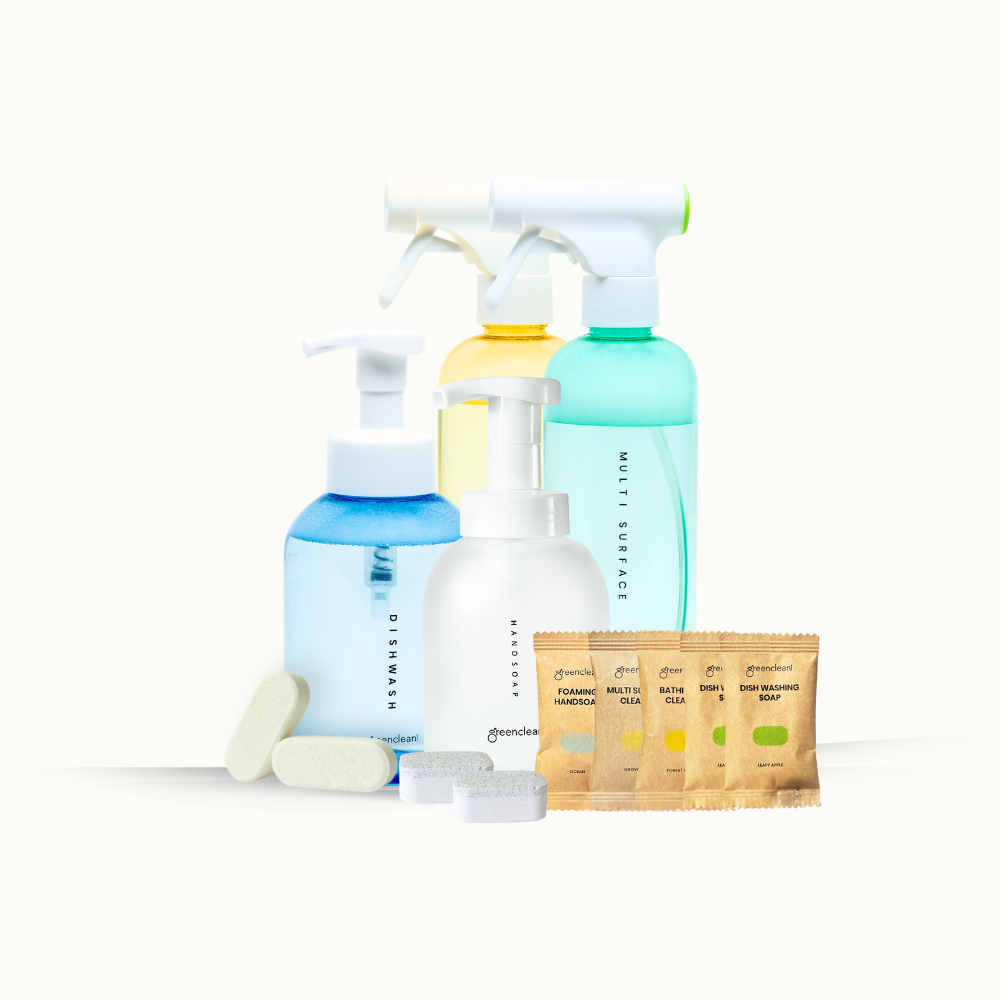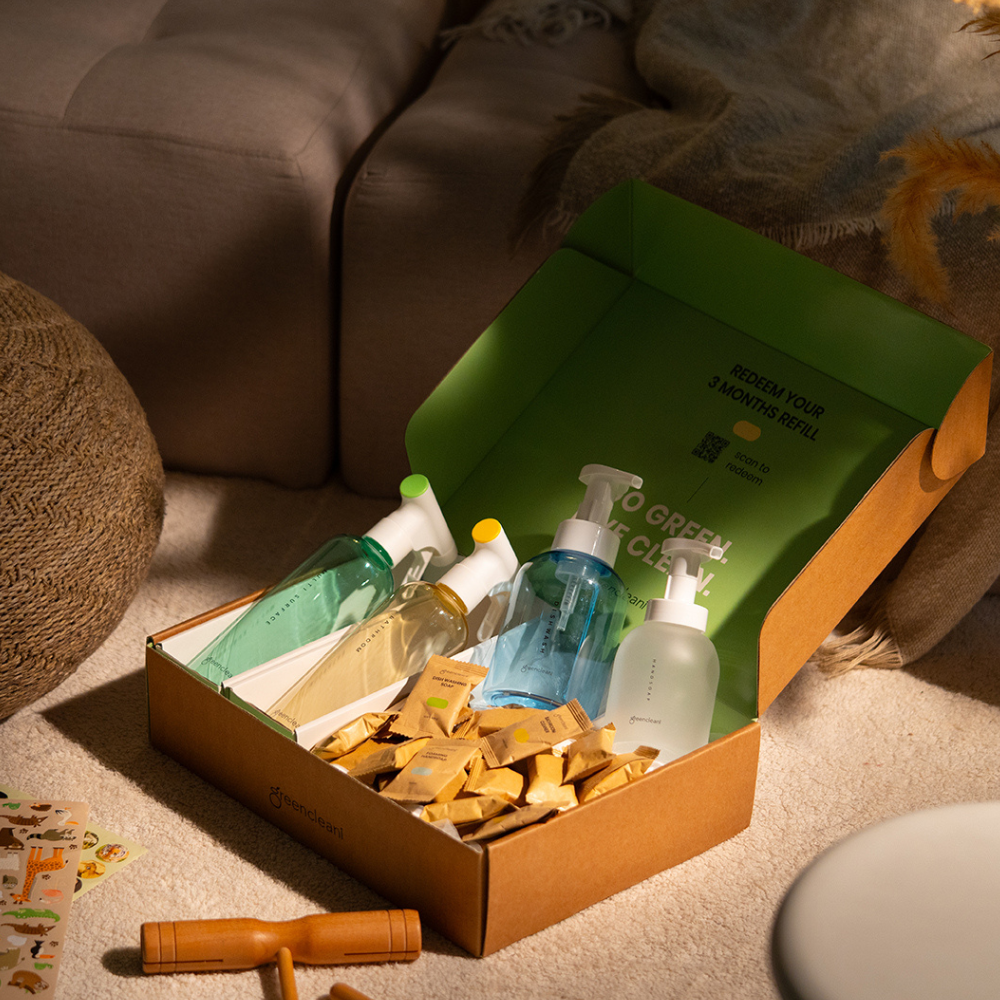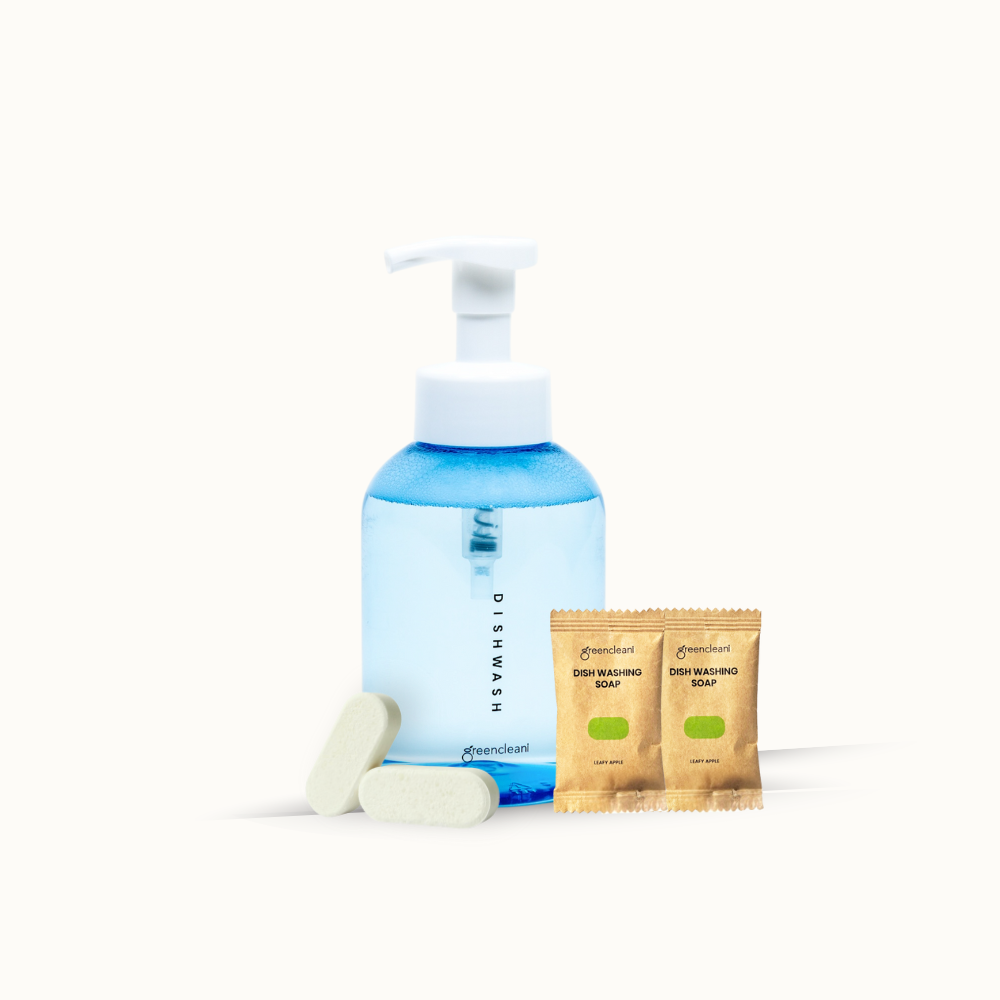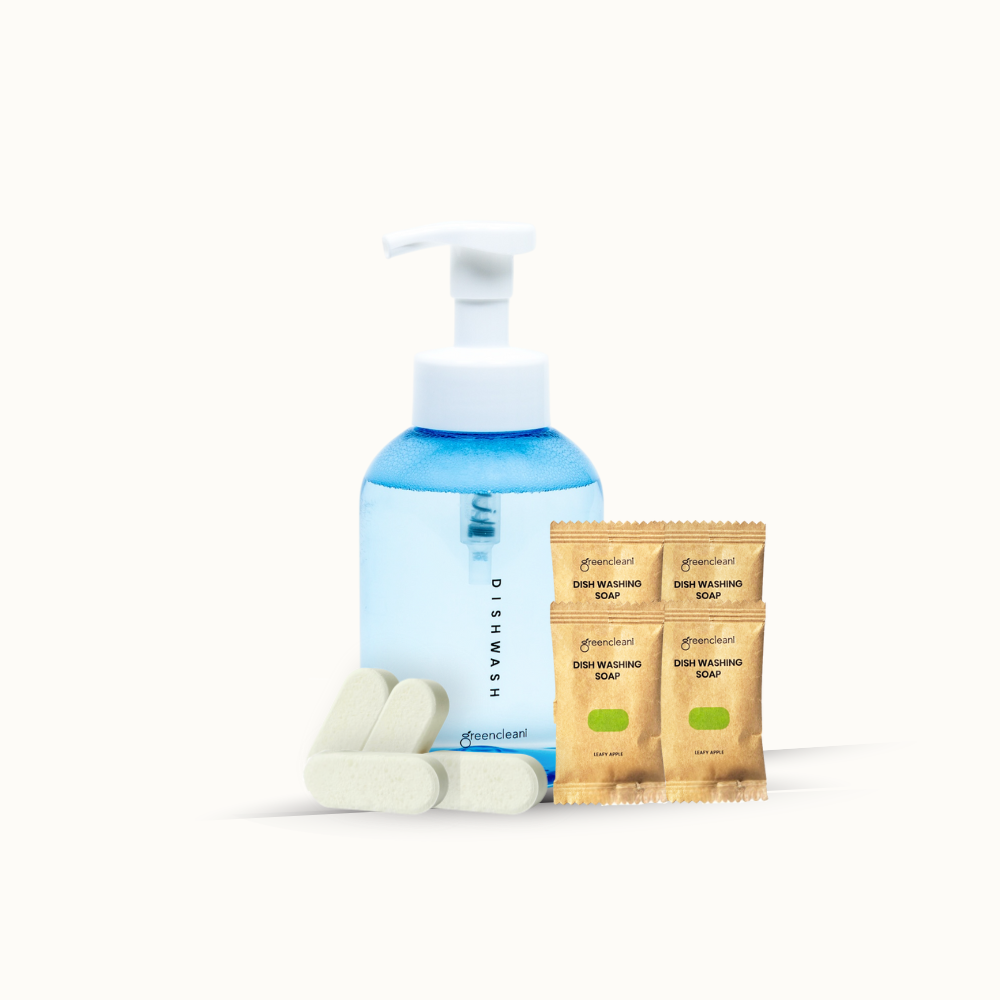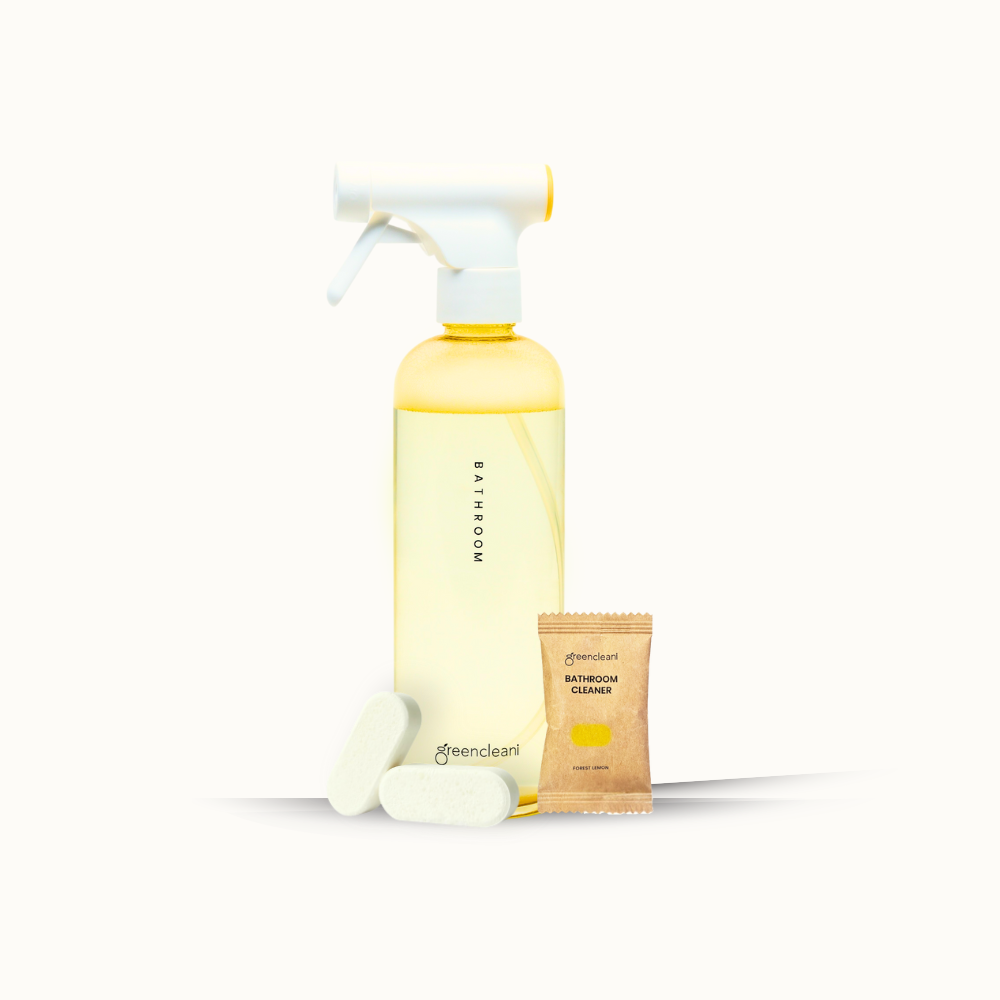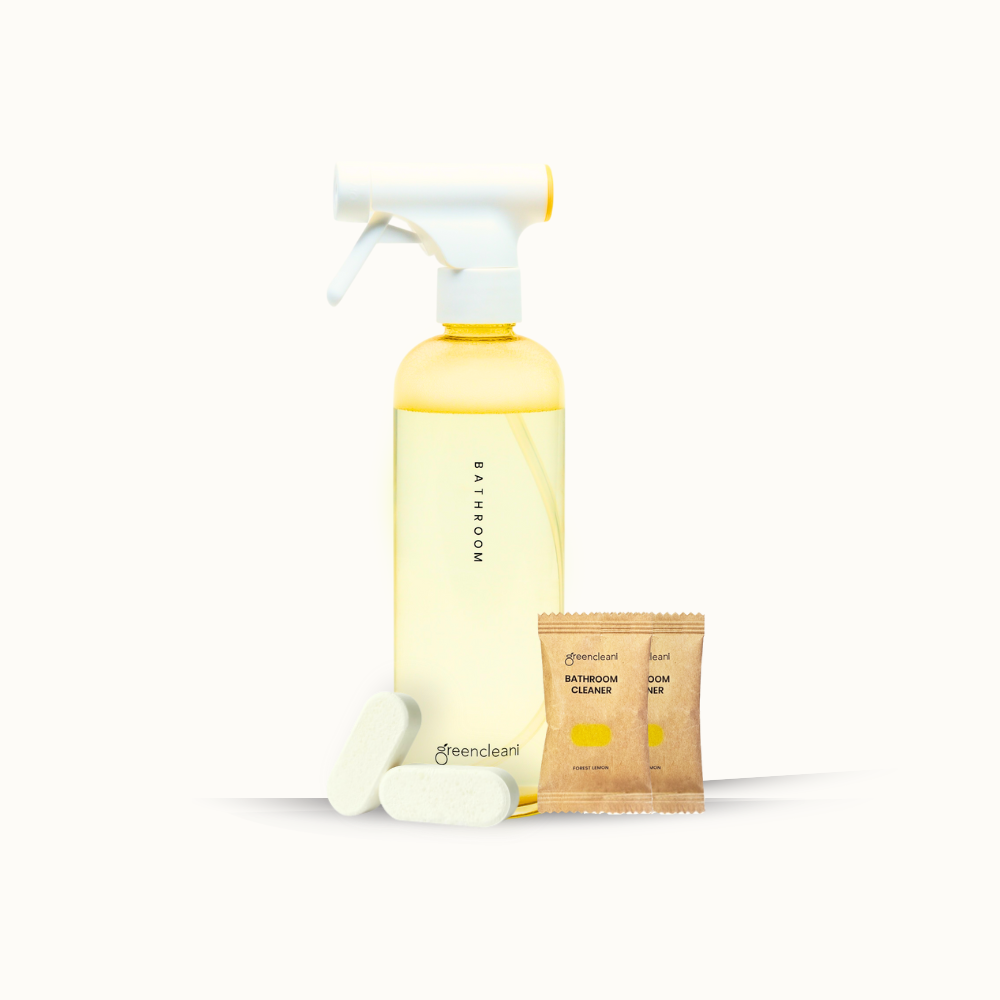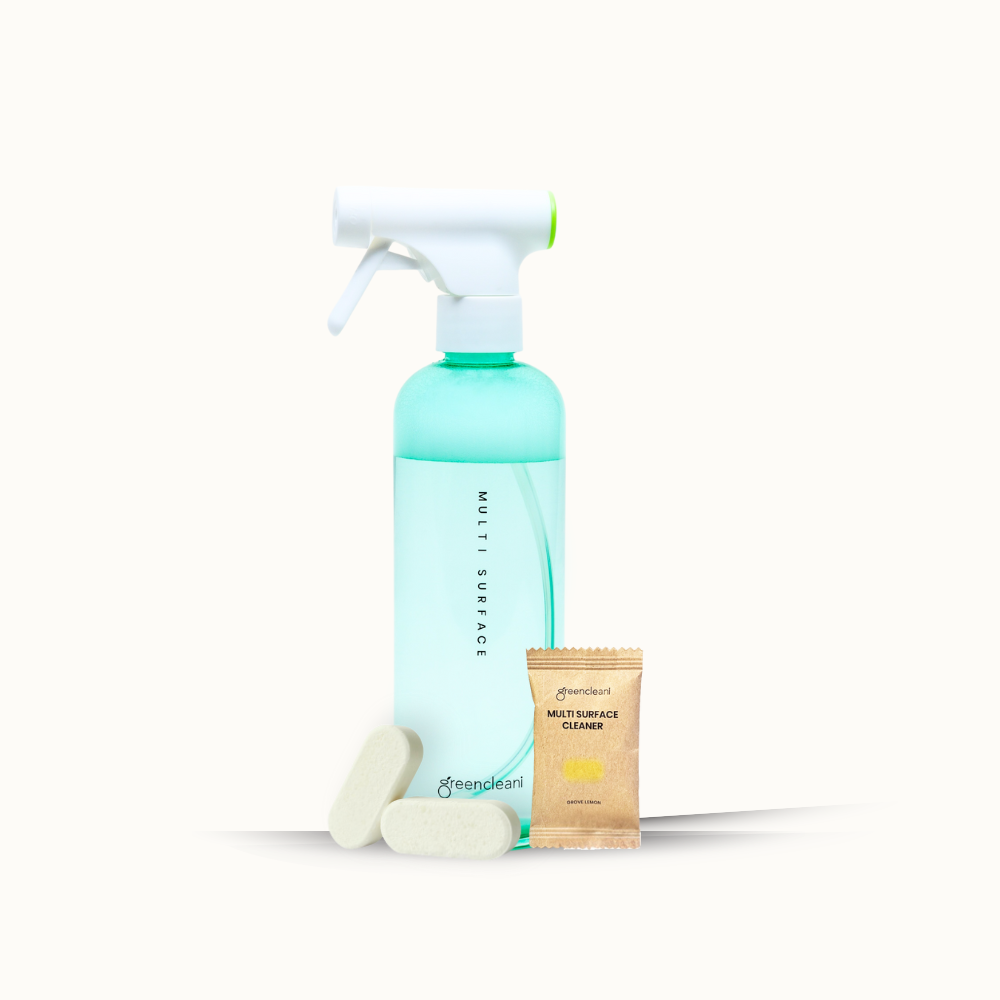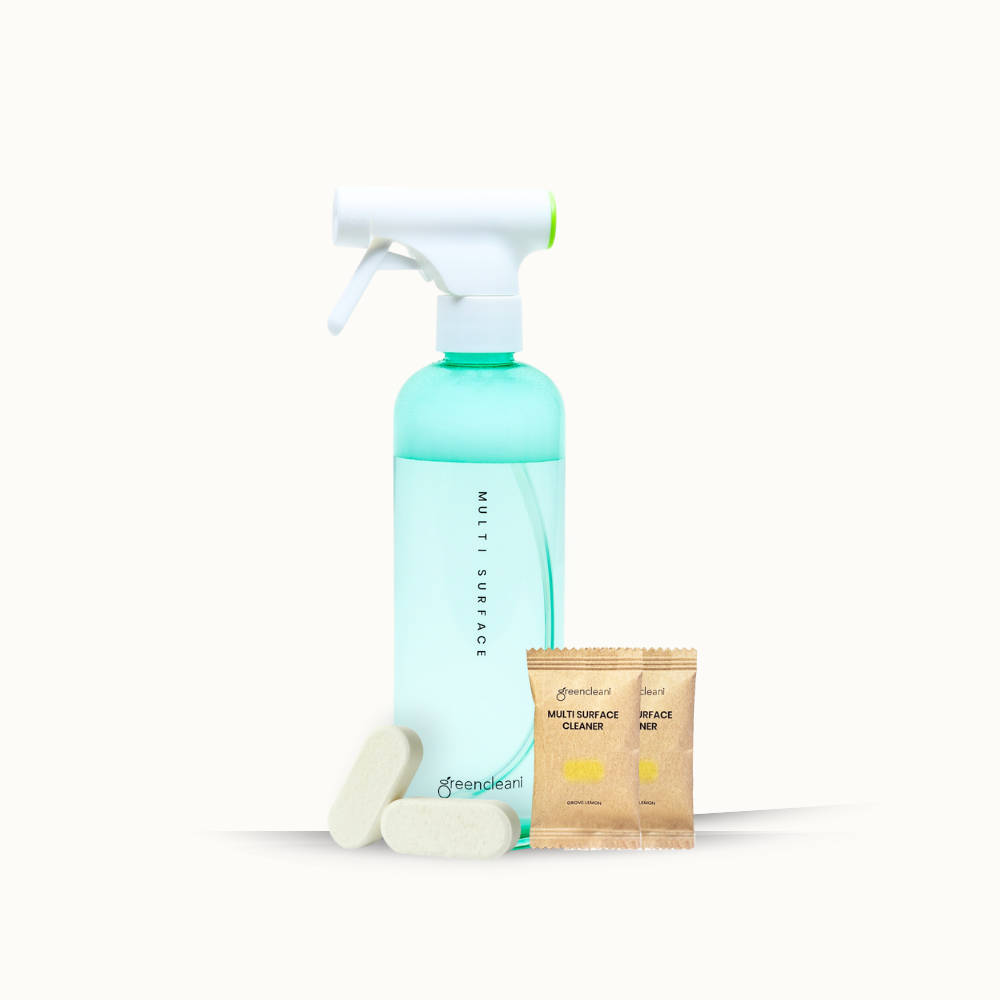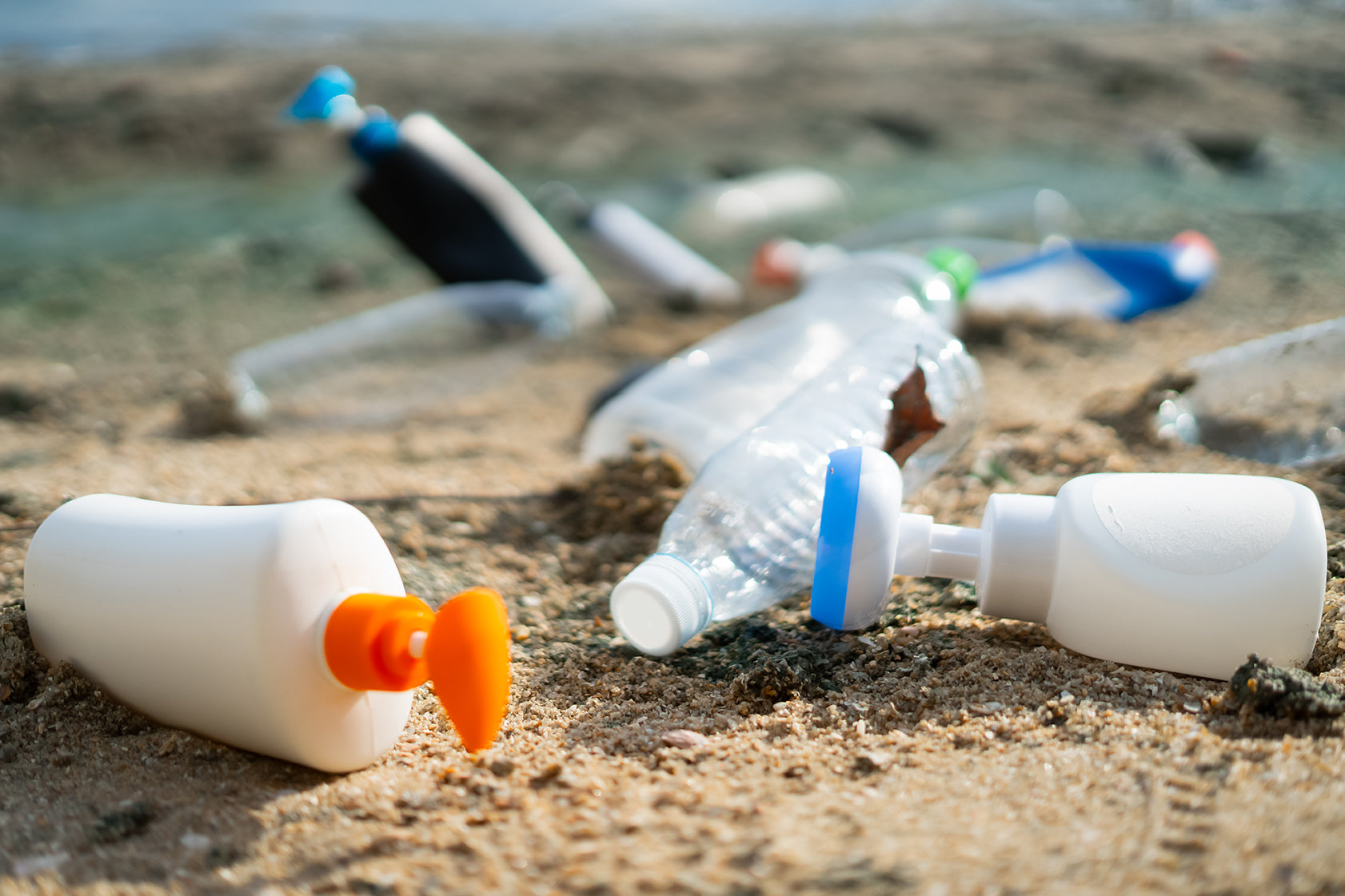Are Microplastics Harming Our Kids?
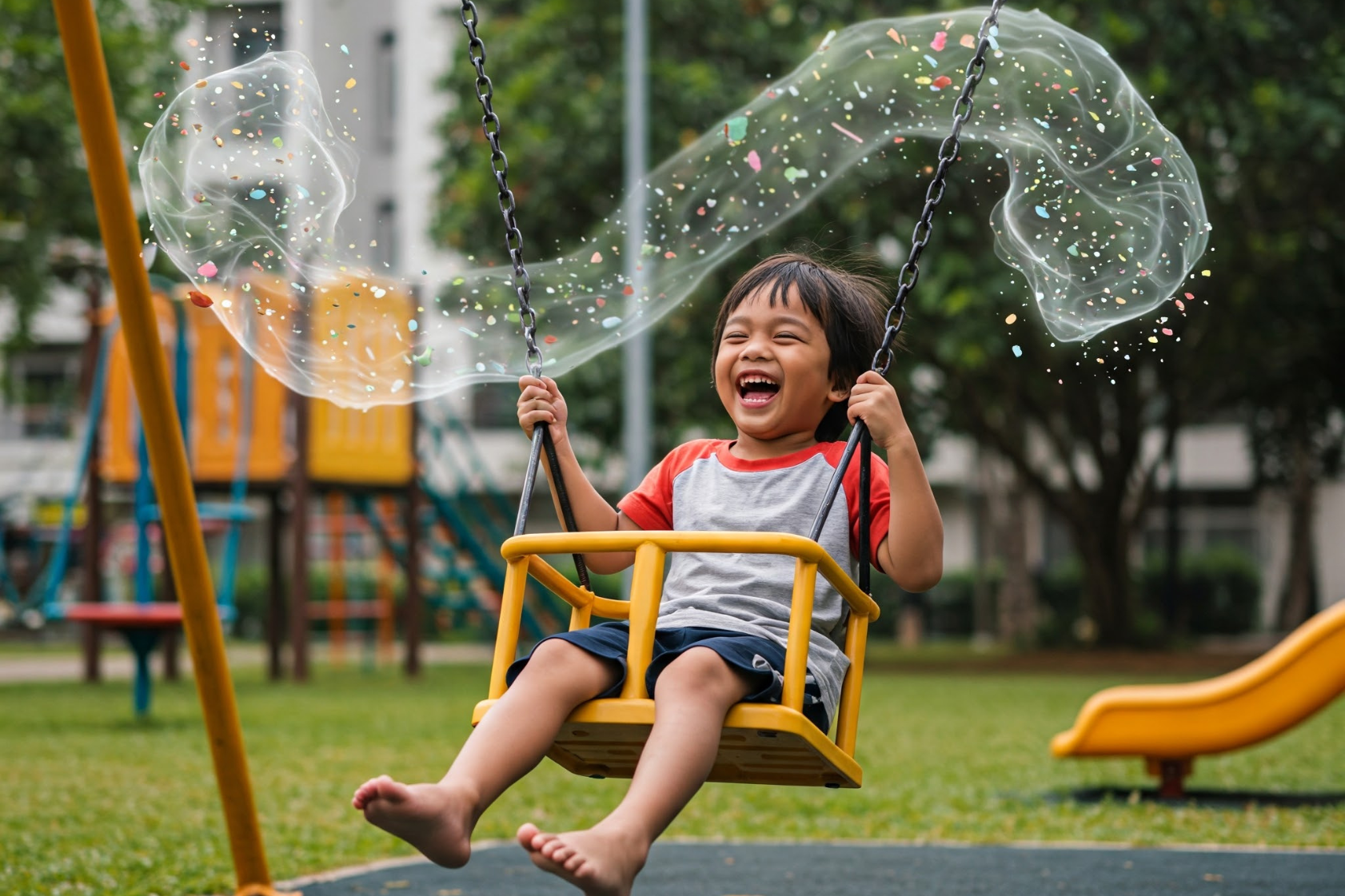
The Invisible Threat in Our Children's World
As parents, protecting our children’s health is our top priority. We worry about nutrition, safety, and providing a healthy environment. But what about threats we can’t easily see? Increasingly, scientists and health advocates are raising concerns about microplastics – tiny plastic fragments less than 5mm in size – and their potential impact, especially on our children here in Malaysia and around the world.
These minuscule particles originate from the breakdown of larger plastic items – think bottles, packaging, synthetic clothing fibres, and even car tires. They're now found virtually everywhere: in the oceans, in our soil, in the air we breathe, and alarmingly, even detected within the human body.
Why Are Children Particularly Vulnerable?
While research is ongoing, there's growing concern about how microplastics might affect developing bodies. Children are often considered more vulnerable than adults for several reasons:
Developmental Stage: Their bodies and organs are still developing, potentially making them more sensitive to environmental contaminants.
Higher Exposure Rate: Relative to their small body weight, children often ingest and inhale more particles from their environment.
Behaviours: Normal exploratory behaviours like crawling and putting hands or objects in their mouths can increase their exposure.
Exposure can happen through breathing airborne particles, ingesting contaminated food and water, and potentially through skin contact. While the full long-term health effects are still being studied, concerns revolve around potential inflammation, the leaching of harmful chemicals often found in plastics (like BPA or phthalates), and possible disruption to bodily systems. (Disclaimer: It's important to rely on established health authorities for definitive medical information. This post aims to raise awareness about ongoing research and concerns).
Where Do Cleaning Products Fit In?
It’s easy to feel overwhelmed by such a pervasive issue. But understanding the sources helps us identify areas where we can make a difference. Consider the vast amount of single-use plastic in our homes, including countless cleaning product bottles.
Every plastic bottle of spray cleaner, detergent, or disinfectant we buy and discard contributes to the larger plastic pollution problem. Over time, these discarded plastics break down in landfills or the environment, contributing to the pool of microplastics that can eventually find their way back into our ecosystems and potentially affect our health.
Reducing Plastic, Choosing Safer: A Greencleani Solution
This is where conscious choices at home become powerful. At Greencleani, our mission is rooted in tackling plastic waste at the source. Our reusable bottles and innovative refill tablet system are designed specifically to help families drastically reduce their reliance on single-use plastic cleaning containers.
By choosing to reuse and refill, you're not just cutting down on household waste; you're actively preventing potentially dozens, even hundreds, of plastic bottles per year from entering the waste stream where they could eventually degrade into microplastics.
Furthermore, our cleaning tablets are formulated with non-toxic, plant-derived ingredients. This means you're creating a healthier immediate home environment for your children by reducing their exposure to harsh cleaning chemicals, alongside reducing your long-term plastic footprint.
Empowering Parents: Simple Steps to Reduce Exposure
While eliminating microplastic exposure entirely is currently impossible, parents can take proactive steps to reduce their family's contribution and potential contact:
- Drastically Cut Single-Use Plastics: Choose reusable shopping bags, water bottles, coffee cups, and food containers.
- Switch to Sustainable Cleaning: Embrace reusable and refill systems like Greencleani to eliminate plastic cleaning bottle waste.
- Opt for Natural Fibers: Choose clothing and textiles made from cotton, wool, linen, or hemp over synthetics like polyester or nylon when possible (synthetics shed microfibres when washed).
- Consider Water Filtration: If feasible, using a quality water filter for drinking water might help reduce ingestion of microplastics.
- Mindful Food Choices: Reduce consumption of heavily packaged processed foods. Wash fruits and vegetables thoroughly.
- Proper Waste Management: Ensure plastic waste is disposed of correctly according to local guidelines in Malaysia.
Protecting Our Future Generation
The challenge of microplastics is significant, but inaction isn't an option. By making informed, conscious choices – starting with reducing the amount of plastic we bring into our homes – we can collectively lessen the burden on our environment and take steps towards safeguarding the health of the next generation.
Join the movement towards a cleaner, less plastic-dependent future. Explore Greencleani's non-toxic, plastic-reducing solutions and become part of a community committed to making a difference, one reusable bottle at a time.
Let's Go Green and Live Clean, for our children's sake.

